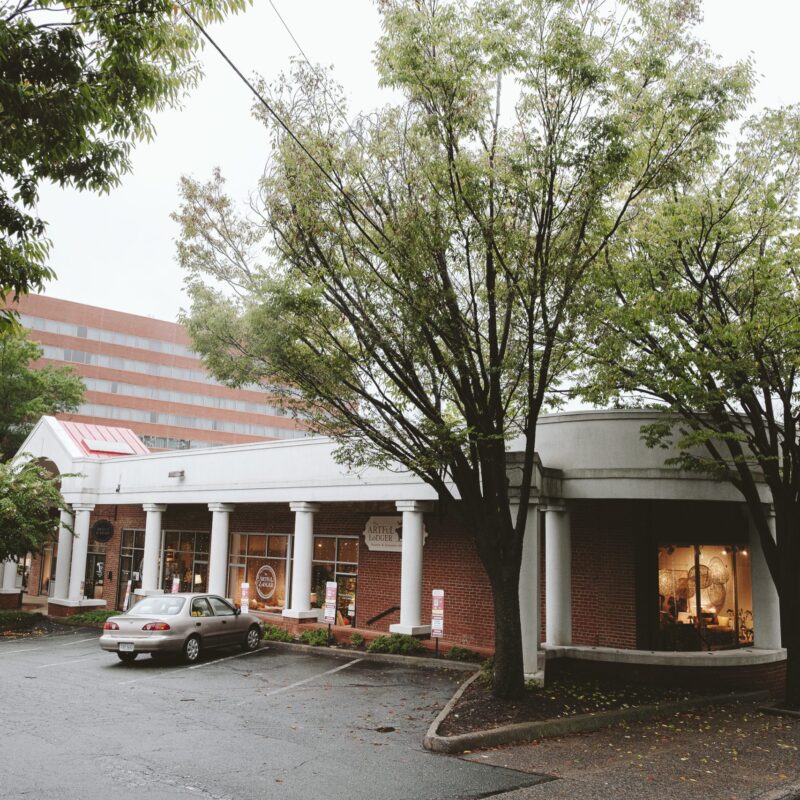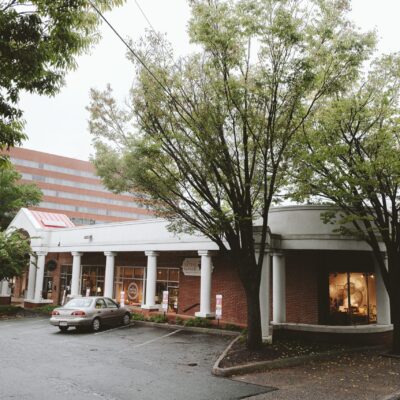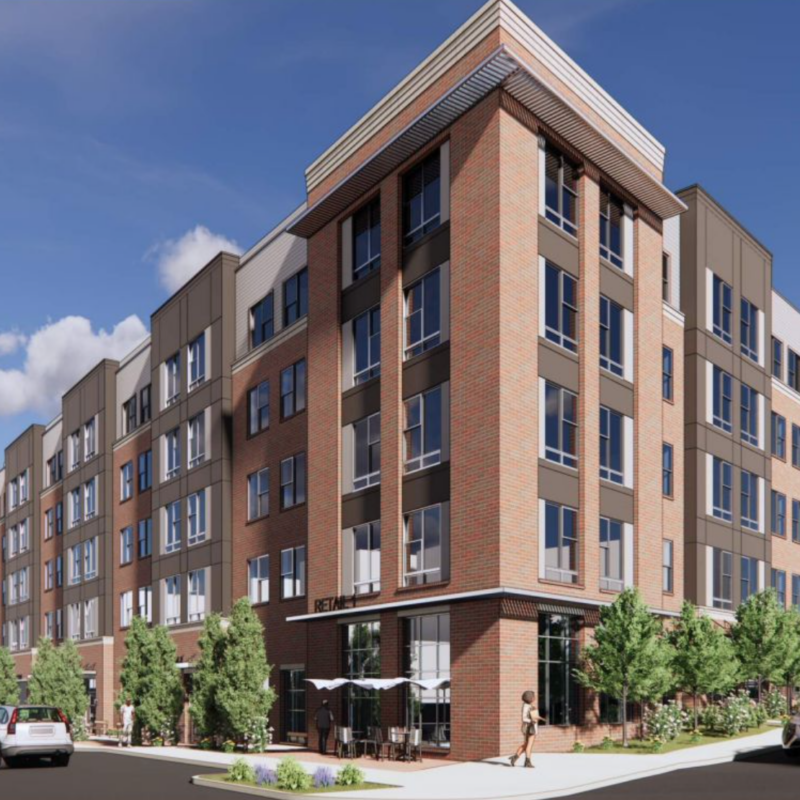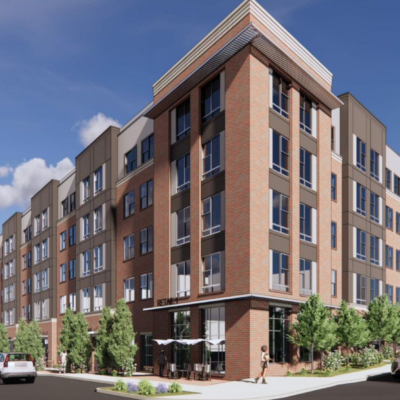Our region’s strong connection to a long and distinguished past is one of many reasons it is a popular and special place to live.
There are many historic sites just in the city of Charlottesville, which was formed in 1762 by an Act of the Virginia General Assembly that set aside 50 acres of land for this purpose. Not much more than a rural village, the town was laid out in half acre lots on four east-west and five north-south streets and named in honor of Queen Charlotte Sophia of Mecklenburg-Strelitz, the wife of King George the III of England. Today these original lots make up the heart of Charlottesville’s downtown.
Many more ties to the past exist throughout our region, including an abundance of historic homes. Some of these are former residences that now enjoy life as commercial establishments and others continue to serve as homes for local families.
If you like the idea of connecting to history through real estate you will find an active market in historic homes, as well as REALTORS® who specialize in assisting others to buy and sell these unique properties. A preliminary online search will uncover a range of home styles, locations and prices. Follow up with a call to your agent who can help you find an historic home that is just right for you.
What Makes a Home Historic
While historic homes are a popular concept, there is no generally agreed upon definition. What characteristics must a home have to be considered historic rather than just old?
One REALTOR said he considers homes built before 1900 to be historic, in part because construction techniques changed significantly after that time giving these older homes special character. Murdoch Matheson with Frank Hardy, Inc. said that prior to 1900 there was also no sheet rock and the lath and plaster process used for walls and ceilings made for a much more substantial structure. “The construction quality was very different,” he said, explaining that each home was unique and big subdivisions and mass production were non-existent. “All of these properties are gems,” he continued.
Certain features also can cause a home to be considered historic, explained Gayle Harvey, with Gayle Harvey Real Estate, Inc. Special events can distinguish some properties giving them the label of historic. For example, a home might fall into this category if a famous family lived there or if it was the location of a noteworthy event.
A good example is the Pitts-Inge House at 331-333 W. Main Street. Built in 1820, it is not one of Charlottesville’s very oldest homes, but is one of the oldest structures on what was once known as Three Notched Road that connected Tidewater to the Shenandoah Valley and ran locally between Charlottesville and the University.
The structure is actually two townhomes built in the Federal style featuring Flemish bond brickwork and mouse-tooth cornice. An African-American schoolteacher named George Inge started a grocery store at this location in 1890. Booker T. Washington, a college friend of Mr. Inge, often visited the family who lived above the store for many years.
Architectural style plus age and events can also make a home historically significant, said Natt Hall with Virginia Estates and Madison Monroe Properties. He referenced Monticola, a Greek revival style mansion on 200+ acres currently on the market in Howardsville in Albemarle County. Built in 1853, it was raided by Union troops in 1865, but not damaged. In 2005 it was renovated and restored according to a plan approved by the Virginia Department of Historic Resources.
The Appeal of Historic Homes
Why are home buyers drawn to historic homes?
Harvey described historic home buyers as people who cherish older properties and just want to be part of the larger effort of preserving our ties to the past.
Matheson explained that buyers who want new homes tend to be more pragmatic than historic home buyers. They appreciate simplicity and things that work. People who buy historic homes have to have the patience to work with the functional obsolescence and deferred maintenance that are often part of these older properties. However, he added, “older homes have more soul,” and offer what he called a “texture and an aesthetic,” that is lacking in newer properties.
Many people who purchase historic homes do so to renovate and restore them. These buyers “take great pleasure in researching the home and getting it right,” Murdoch said. Sometimes this involves going to a place like the Albemarle Charlottesville Historical Society to research the home’s different owners, as well as the renovations done over its long history.
One of many locally renovated homes is The Farm. The original building was actually the cook’s house or kitchen for a home built by Nicholas Lewis, grandson of Nicholas Meriwether. Lewis’ home no longer exists, but over the years there were many changes and upgrades to the once one story two-room kitchen house, including the addition of a second story. The property served a variety of different uses over the years including slave quarters, a summer kitchen, and a stable for horses. In 1993 architects Michael Bednar and Jo Lawson bought the property and restored it to residential use after it had stood empty for many years.
A home built by Patrick Henry’s daughter in eastern Virginia in the 1800s underwent an interesting renovation. A buyer from California purchased the home and then about 10 years ago a local person took it apart, moved it to our area and reassembled it.
Part of the appeal of older homes is their interesting or unique features. Sharon Duke, with William A. Cooke, LLC, described a historic home she showed recently in Bumpass. It had floor to ceiling windows, which she explained are not uncommon. However in this case the windows opened by sliding to the side…not past each other on tracks like a patio door…but left and right over the walls on either side. The house was also distinguished by what Duke described as a massive central hallway and a large cupola.
While historic features like these are interesting and add greatly to the home’s appeal, Duke suggests buyers also be aware of practical considerations. A big one is the septic system, which she says may need to be replaced if it hasn’t been updated.
Historic Home Buyers
Historic homes are in demand in our area according to the REALTORS® who work that marketplace. Who are these buyers? Agents report having clients in all different professions who come from as far away as Saudi Arabia and from as close as D.C. and Charlottesville. One REALTOR sold an historic home in this area to an American living in Europe who wanted it as a second home for use during those occasional times when he visits here.
Often historic homes are purchased by entrepreneurial buyers who convert them to other uses such as a Bed and Breakfast or a winery.
A good example is the Butler-Norris House, better known today as The Inn at Court Square. Originally built by John Butler in 1785, it remained a residence until 1880. Since then it has been a law firm, a slate company, a church and a real estate office before becoming the Inn that it is today. The only remaining 18th century building in the Court Square area, the Butler-Norris home is known for its style of brickwork called Flemish bond, and its molded brick cornice. The interior features 18th century woodwork.
Some B & Bs are more modest. Duke sold a historic home in Batesville where she grew up. The new buyers make just one bedroom available to travelers who want a modest, but historic place to stay while they are in the area.
Another well known business in a historic home is Prospect Hill Plantation Inn Bed and Breakfast in Louisa County’s Green Springs National Historic Landmark, which Duke described as “an awesome old place.” Prospect Hill started as a log cabin in the late 1600s and eventually became a plantation on more than 400 acres. The property changed hands many times over the years until eventually it was fully renovated and restored by owners who purchased it in 1977. It is now on the National Register of Historic Places. Known for its great food and Southern hospitality, today it is owned by Dr. Bobby and Paula Findley who live there with their five children.
Preservation and Tax Credits
Like Prospect Hill, many of our area’s historic homes are listed on The National Register of Historic Places, an official list of properties considered to be worthy of preservation and administered by the National Park Service. In l982, the entire Charlottesville Historic District, which includes 88 structures, was listed on this National Register. The Virginia Landmarks Register, which serves a similar purpose, and the City of Charlottesville also recognize properties worthy of preservation. To assure they maintain their unique character, a Board of Architectural Review must approve any changes to the exterior of these homes.
Louisa’s Green Springs is another noteworthy historic neighborhood in our area with more than 250 original 18th and 19th century structures including homes, barns and outbuildings, 36 of which are listed on the National Register of Historic Places. Its status as a national historic landmark was ratified by Congress in the 1970s and today it is the largest such landmark in America. Preservation standards are strictly enforced in these communities. Duke described some Green Springs buyers who ended up in court after they moved in, tore off and discarded original siding from their historic home.
Renovators and preservers of historic properties can benefit from substantial tax credits on their state tax return if they follow the guidelines outlined by the Virginia Department of Historic Resources. There are also federal tax credits for preservation of income producing properties.
If you are in the market for an older home, contact your REALTOR® about finding one with historic significance. When you live in a home like this, you become part of a rich tradition going back to the earliest days of the Commonwealth and help contribute to its preservation for the generations that follow you there.
Celeste Smucker is a writer, blogger, and author who lives near Charlottesville.





